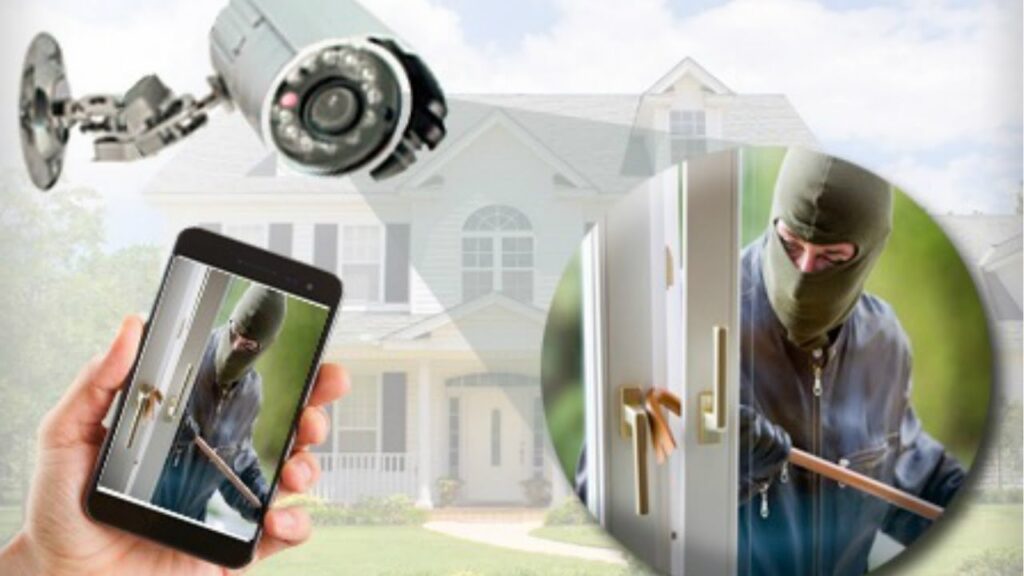In today’s rapidly evolving world, smart home security has emerged as a paramount concern for families seeking peace of mind and safety. Innovative solutions in this field have revolutionized the way we protect our homes, integrating cutting-edge technology with robust security measures to create comprehensive defense systems. One of the most significant advancements in smart home security is the integration of artificial intelligence AI and machine learning algorithms. These technologies enable devices to learn and adapt to their environments, enhancing their ability to detect and respond to potential threats. For instance, AI-powered cameras can distinguish between familiar faces and strangers, sending alerts only when unrecognized individuals are detected. This capability minimizes false alarms and ensures that homeowners are promptly informed of genuine security concerns. Furthermore, the connectivity of smart devices through the Internet of Things Iota has expanded the scope of home security systems. Sensors placed on doors, windows, and even near the property can communicate seamlessly with central hubs or smartphones. This real-time data exchange allows for immediate notifications in case of unauthorized entry attempts or suspicious activities, empowering homeowners to take swift action.
Remote monitoring and control have also become standard features in modern smart home security setups. Through dedicated mobile apps or web portals, users can monitor their homes from anywhere in the world. Whether checking live camera feeds, adjusting thermostat settings, or locking doors remotely, these capabilities offer unparalleled convenience and peace of mind, especially for frequent travelers or busy households. Moreover, the advent of voice recognition technology has streamlined the interaction between homeowners and their security systems. Voice-activated commands can arm/disarm alarms, control lighting, or even initiate emergency alerts, making it easier than ever to manage home security hands-free. This hands-free approach not only enhances user experience but also ensures quick response times during critical situations. Another area of innovation lies in the integration of environmental sensors within smart home security frameworks. These sensors can detect changes in temperature, humidity levels, or even air quality, providing early warnings for potential hazards such as fires or gas leaks.
 By alerting homeowners to these risks promptly, smart home systems can significantly mitigate damage and ensure the safety of occupants. Furthermore, advancements in data encryption and cyber security protocols have bolstered the integrity of smart home security systems. With sensitive information transmitted over networks, robust encryption mechanisms safeguard against unauthorized access and hacking attempts. Manufacturers continually update firmware and software to address vulnerabilities, ensuring that these systems remain resilient against evolving cyber threats. Beyond individual device capabilities, the concept of smart home integration extends to collaborative security ecosystems. Platforms that aggregate data from multiple devices, such as cameras, motion sensors, and smart locks, offer comprehensive insights into home security status. This holistic approach enables home security newark nj more informed decision-making and proactive measures to prevent potential breaches.
By alerting homeowners to these risks promptly, smart home systems can significantly mitigate damage and ensure the safety of occupants. Furthermore, advancements in data encryption and cyber security protocols have bolstered the integrity of smart home security systems. With sensitive information transmitted over networks, robust encryption mechanisms safeguard against unauthorized access and hacking attempts. Manufacturers continually update firmware and software to address vulnerabilities, ensuring that these systems remain resilient against evolving cyber threats. Beyond individual device capabilities, the concept of smart home integration extends to collaborative security ecosystems. Platforms that aggregate data from multiple devices, such as cameras, motion sensors, and smart locks, offer comprehensive insights into home security status. This holistic approach enables home security newark nj more informed decision-making and proactive measures to prevent potential breaches.